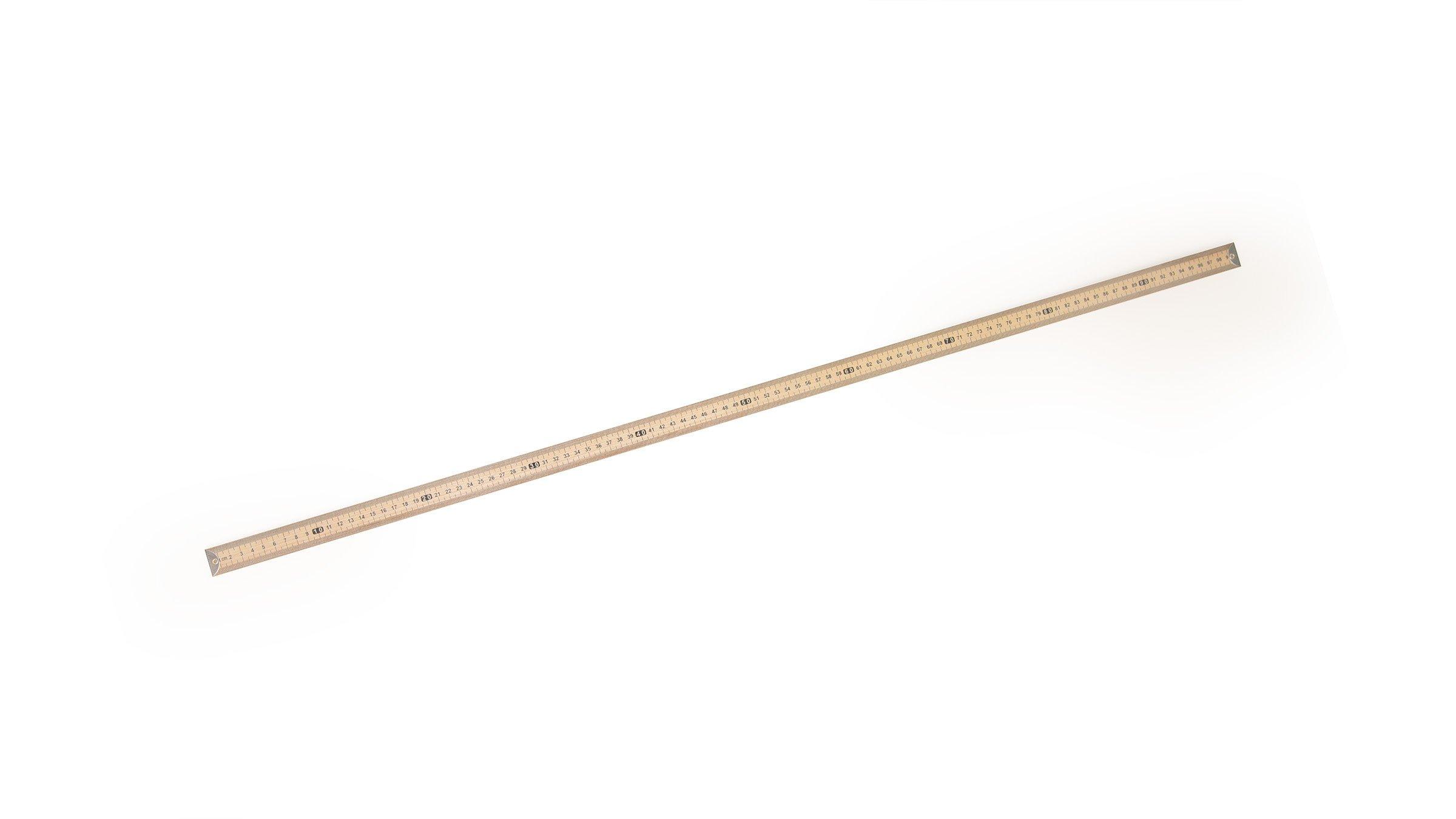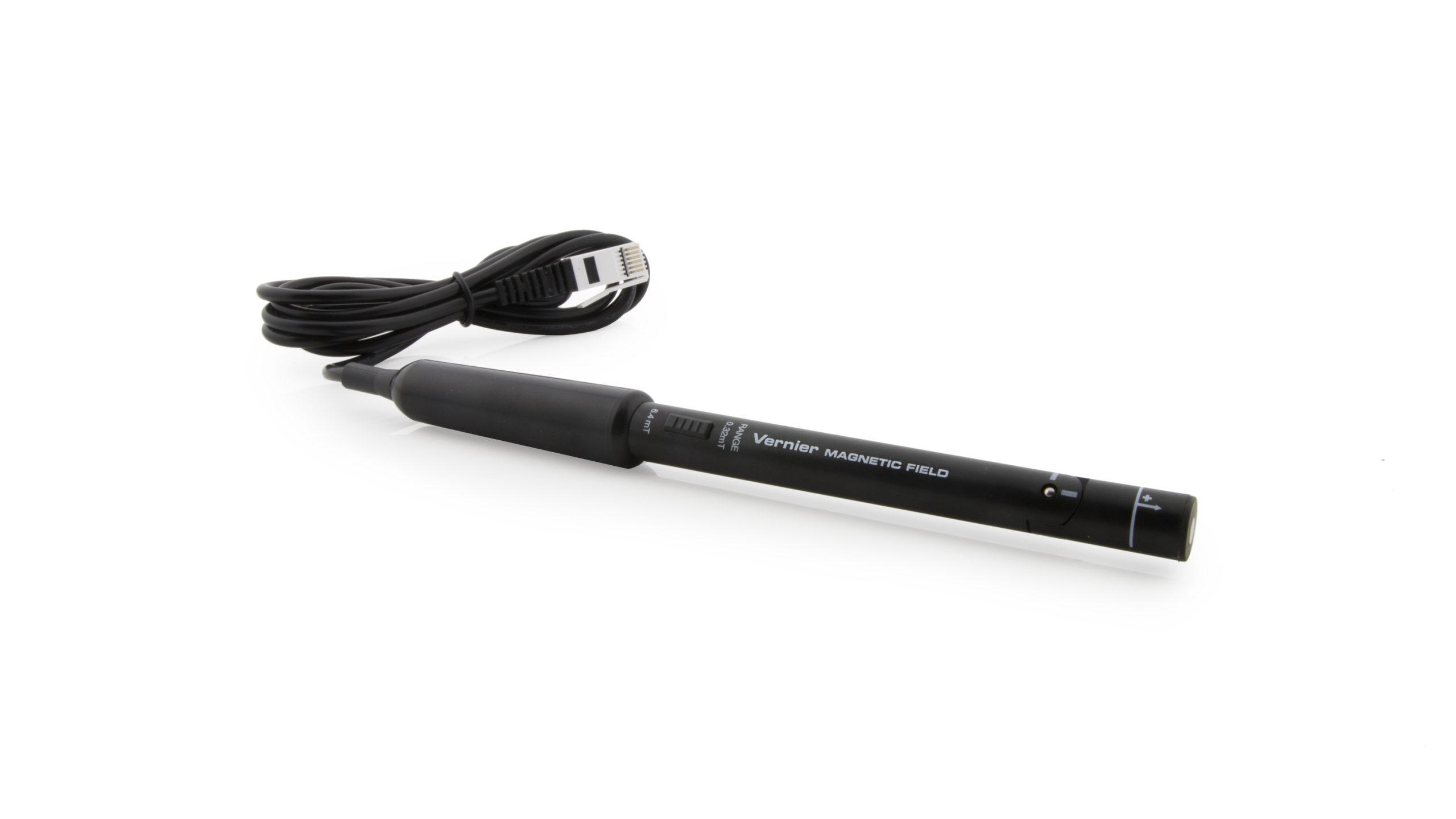
Video Overview
Introduction
A bar magnet is called a dipole because it has two poles (commonly labeled north and south). Breaking a magnet in two does not produce two isolated poles; each fragment still has two poles. Similarly, two magnets together still exhibit only two poles. Since, to our knowledge, there are no magnetic monopoles, the dipole is the simplest possible magnetic field source.
The dipole field is not limited to bar magnets, for an electrical current flowing in a loop also creates this common magnetic field pattern.
The magnetic field, Baxis (measured in tesla), of an ideal dipole measured along its axis is
where µ0 is the permeability constant (4π 10–7 T m/A), d is the distance from the center of the dipole in meters and µ is the magnetic moment. The magnetic moment, µ, measures the strength of a magnet, much like electrical charge measures the strength of an electric field source. Note that the distance dependence of this function is an inverse-cube function, which is different from the inverse-square relationship you may have studied for other situations.
In this experiment, you will examine how the magnetic field of a small, powerful magnet varies with distance, measured along the axis of the magnet. A Magnetic Field Sensor will be used to measure the magnitude of the field.
Simple laboratory magnets are approximately dipoles, although magnets of complex shapes will exhibit more complex fields. By comparing your field data to the field of an ideal dipole, you can see if your magnet is very nearly a dipole in its behavior. If it is nearly a dipole, you can also measure its magnetic moment.
Objectives
- Use a Magnetic Field Sensor to measure the field of a small magnet.
- Compare the distance dependence of the magnetic field to the magnetic dipole model.
- Determine the magnetic moment of a magnet.
Sensors and Equipment
This experiment features the following sensors and equipment. Additional equipment may be required.
Ready to Experiment?
Ask an Expert
Get answers to your questions about how to teach this experiment with our support team.
- Call toll-free: 888-837-6437
- Chat with Us
- Email support@vernier.com
Purchase the Lab Book
This experiment is #31 of Physics with Vernier. The experiment in the book includes student instructions as well as instructor information for set up, helpful hints, and sample graphs and data.




